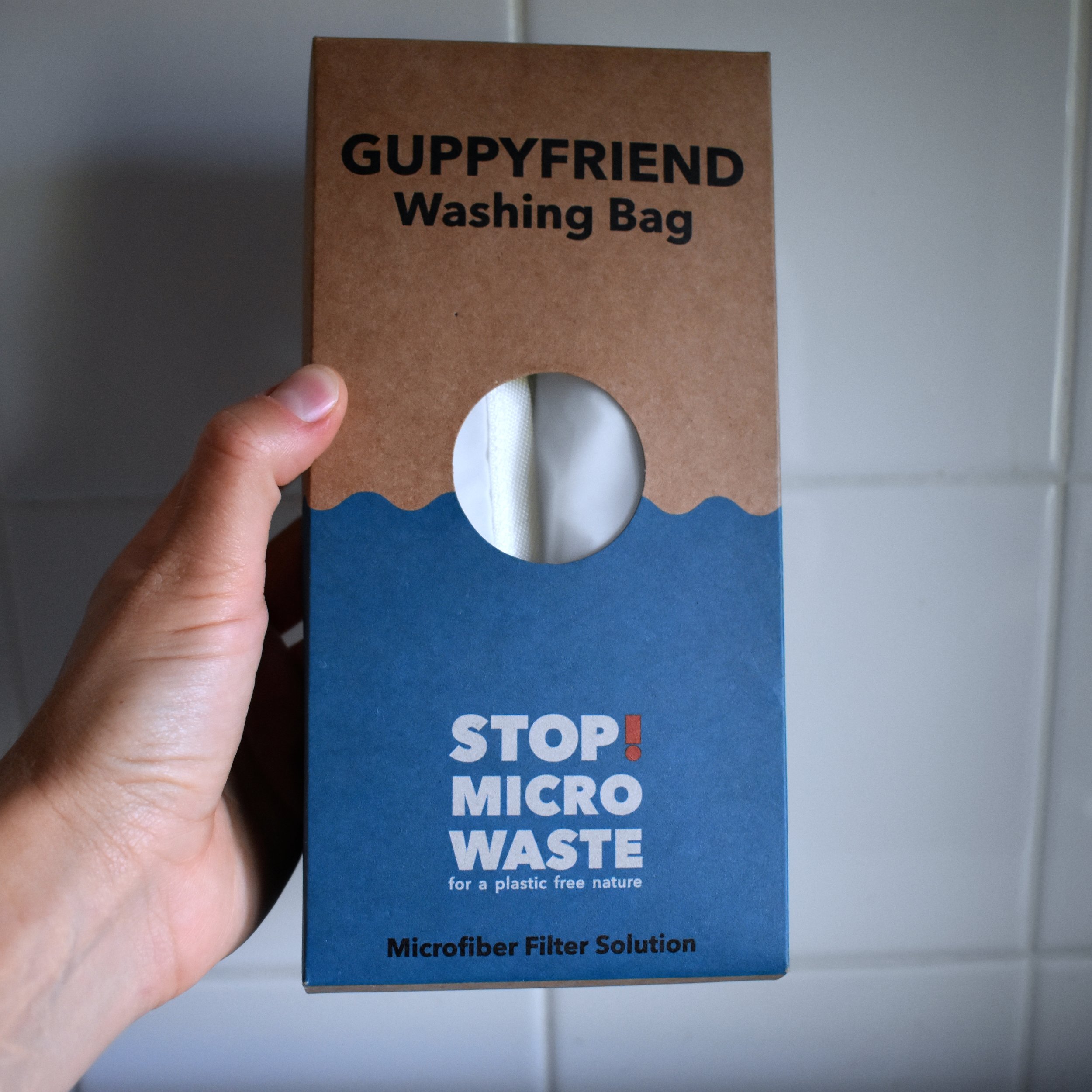I first stumbled upon Pact when I was searching for organic, fair trade leggings. While I do like their leggings, I've ended up buying most from them has actually been underwear!
Pact initially only had the bare-bones basics: underwear, socks, and T-shirts. However, in the past few years they have grown their selection of goods to include a variety of dresses, bralettes, sweats, leggings, and more! I only own a few items other than undies from them, but here is a quick low down on this company:
Organic Cotton
Pact makes all their clothing from organic cotton (and some elastane). This has a huge impact on both the environment, the farmers who grow it, and you. If you need some reminders as to why, here are just a few:
Conventionally grown cotton is a huge culprit when it comes to pesticide use, responsible for as much as 25 percent of the world’s insecticides and more than 10 percent of the world’s pesticides. And those pesticides have a bigger impact than we may realize.
In the US alone it is estimated that pesticides unintentionally kill minimally 67 million birds annually (1992 figure).
According to the World Health Organization there are an estimated three million cases of pesticide poisoning occur every year, resulting in an excess of 250,000 deaths.
7/15 of the top pesticides in the US are classified by the Environmental Protection Agency as possible, likely, probable, or known human carcinogens. There's not clear, peer-reviewed studies indicating if wearing materials grown with these chemicals has a direct carcinogenic impact, but why take that risk? Especially when farmers and their families are exposed to this nasty stuff constantly!
So, from my perspective, investing in organic clothing is very important, and Pact makes it pretty easy to start building an organic wardrobe from to bottom up! Their clothes are third party certified by GOTS (Global Organic Textile Standard) and Organic 100 Content Standard.
Fair Trade
The fast fashion industry is problematic in oh, so many ways. Which is why I'm happy to say everything from Pact comes Fair Trade Certified. Simple as that.
Super Comfy
I've been wearing pact since 2016, and I can confidently tell you that their products are soft and comfy from day 1.
Durability
This is where the jury is still out for me. As I said, I've had several products for about two years, and they have been heavily used! So far, all the underwear I've purchased has held up very well.
The one problem I've had was with the leggings. So a little disclaimer, I put my clothes (and leggings in particular) through a lot. I hike, ski, do Pilates, work, and lounge in leggings, and I don't really wear jeans. So, that being said, the cotton they use isn't exceptionally thick for these, and I wore them so much (because they were so darn comfy!) that I've created a small hole in the crotch region. I'll patch it up easy enough, and they haven't turned see-through (as some lesser brands will), but I'm hoping they come out with some thicker leggings that I can wear in the winter and will hold up a little better to my crazy use!
Affordability
Unlike a lot of other organic brands, Pact isn't high dollar, so being ecologically and socially conscious won't wreck your wallet here! Since they only use organic cotton, so their seed is cheaper, and they don't need to pay for all those nasty chemical pesticides, and they pass those savings along to you! They also have pretty awesome sales, if you keep an eye out for them!
Pimentel, David, et al. “Environmental and Economic Costs of Pesticide Use.” BioScience, vol. 42, no. 10, 1992, pp. 750–760. JSTOR, www.jstor.org/stable/1311994.
This post was not sponsored, but may contain affiliate links. All thoughts and opinions are my own.

















